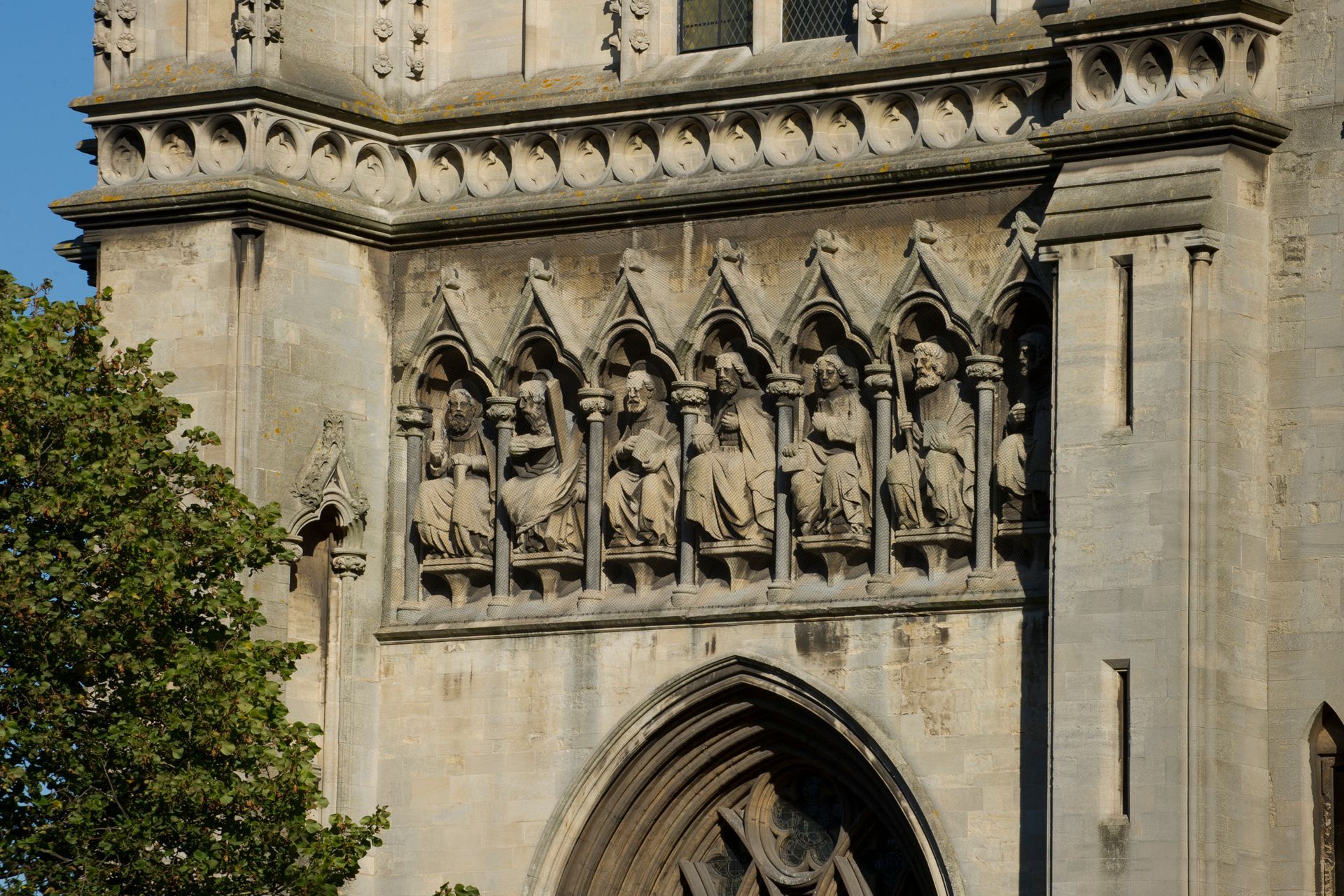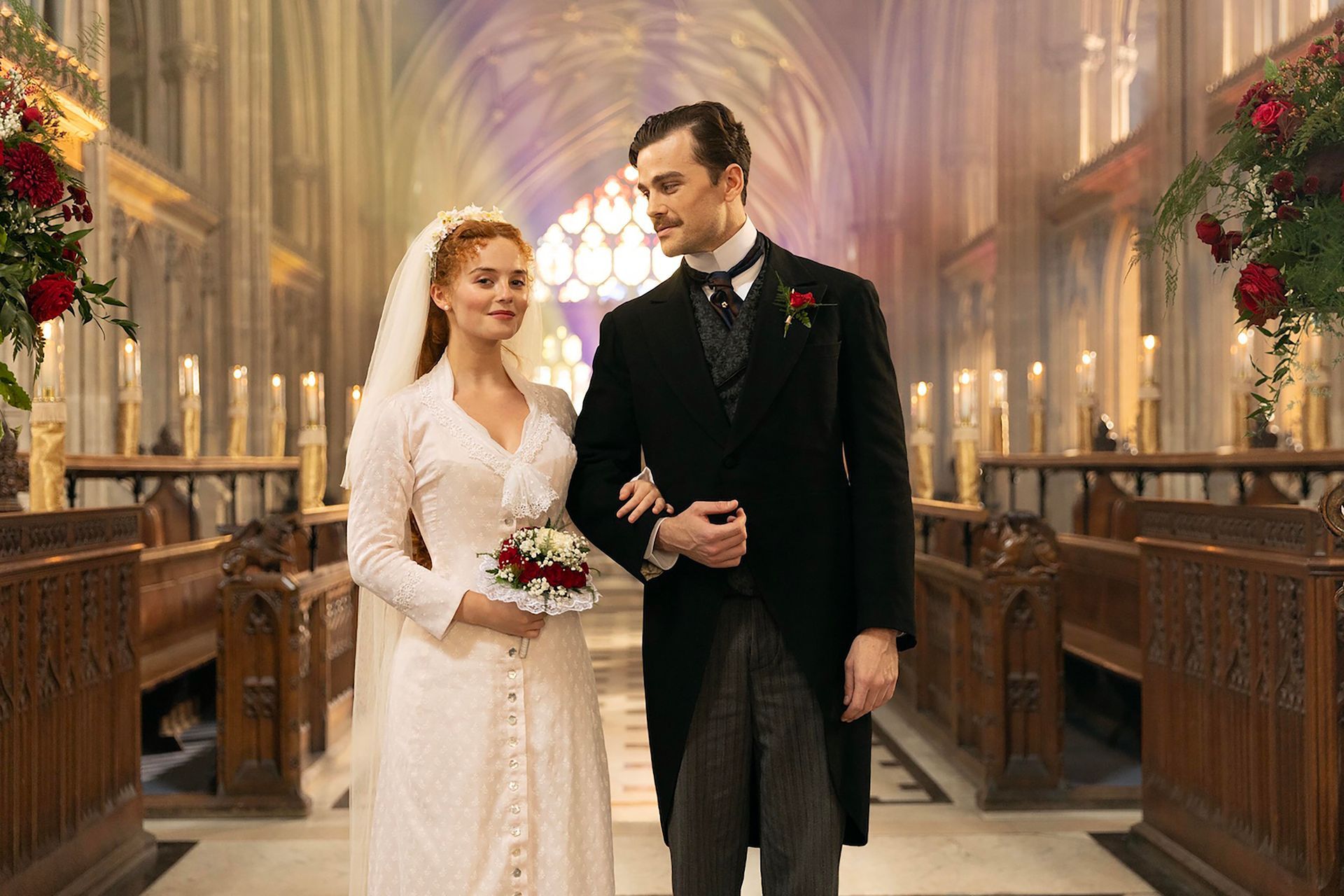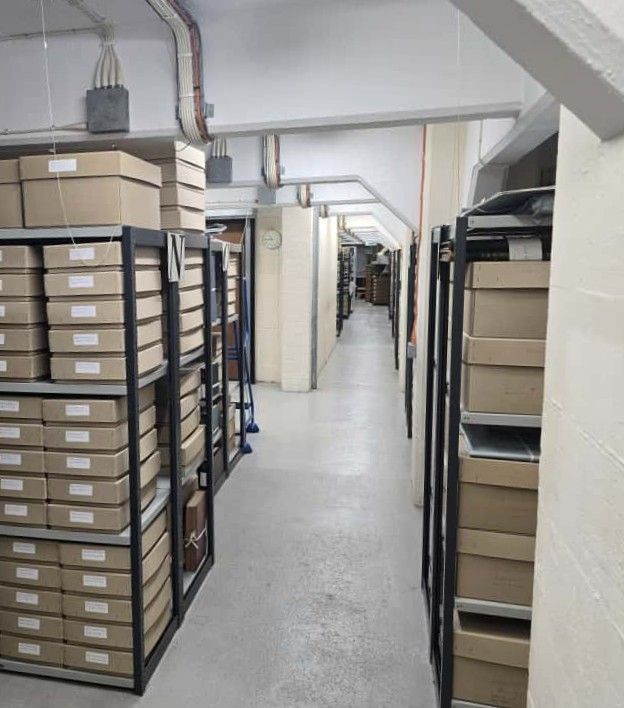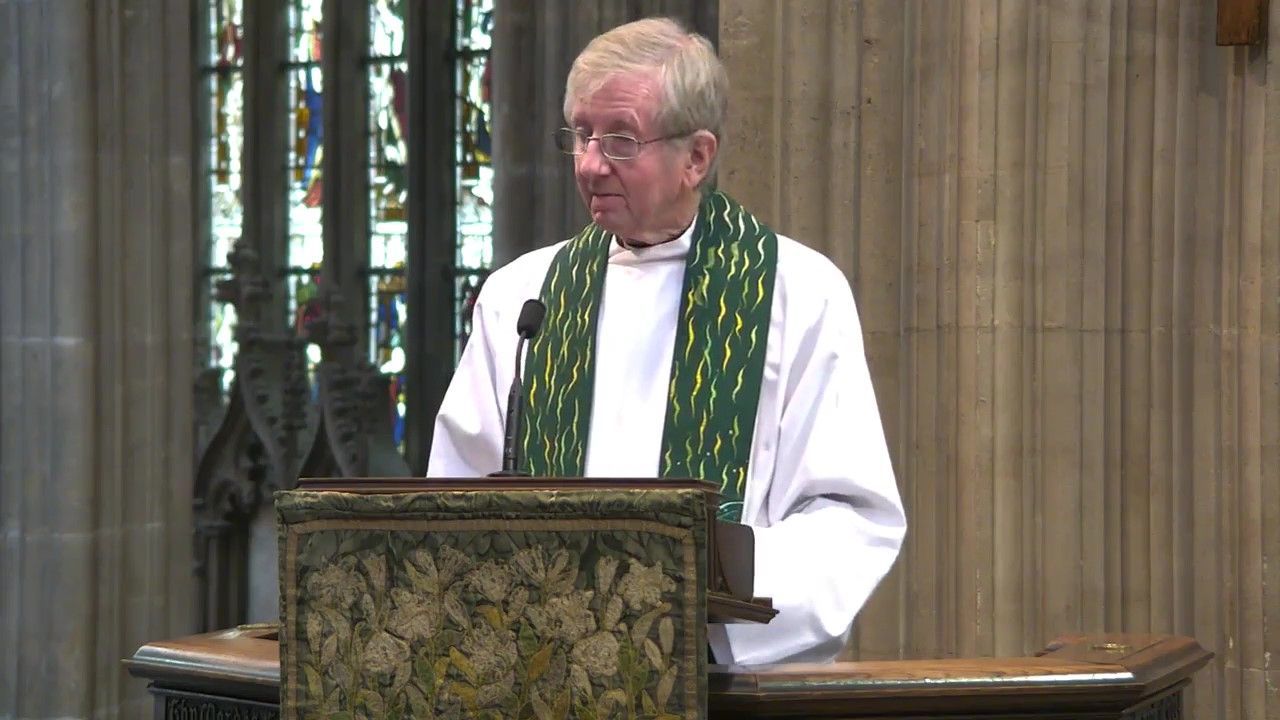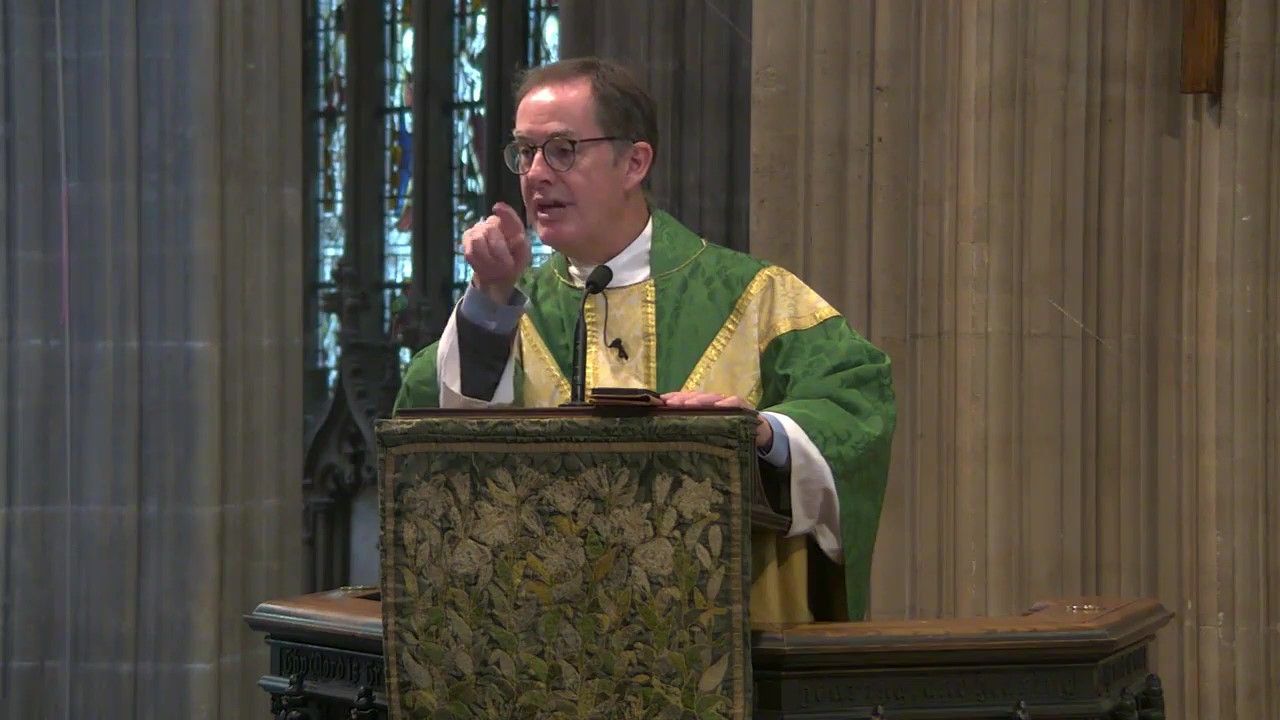He put his arms around him
Sunday is both Lent 4 and Mothering Sunday and I've chosen the gospel reading for Lent 4 for this week's reflection. It's one of the most well known stories in the bible: The Parable of the Prodigal Son. Many people argue that this historic title misses the point of the story: that it's not about the decision of the son who has taken his share of the wealth, lived a lavish, dissolute and reckless life, then come home cap in hand with his tail between his legs; rather it's about the father who hears the wishes of the son and makes them happen, whose heart is broken as the son heads off to pastures new but who doesn't try to stop him, and who - as the son approaches the family home and knowing the temptation of the neighbours to scorn and mock and deride - runs headlong to meet him and gathers him to himself, enfolds him with love, and restores him to the heart of the family.
Others argue that this still misses the point: the true focal point of the story is the elder son who remains loyal, obedient and faithful; amidst the ups and downs of the narrative taking place on the other side of the world, he remains constant, steadfast and true. For him there is no need or rescuing, for the neighbours are impressed by his devotion. For him there is no need for restoration, for he has always been at the heart of the family and at the hearth of his father. However, there is one thing he has yet to learn ... which links us back to last week's reflection ... he sees the world through very human eyes and his understanding of the world is based upon scarcity, that there is only so much to go round, that with his brother back in the family home he will have less of their father's attention, acceptance, love.
So what is this parable, this story:
- is it about a runaway son
- is it about a stay-at-home son
- is it about a father's care of his children
Almost as famous as the story itself, is Rembrandt's picture based on the story (although not to be confused with Rembrandt's other painting of this story "The Prodigal Son in the Brothel"!!) a part of which you can see above. To see the whole of Rembrandt's "The return of the Prodigal Son" painting click here.
It is an evocation of the welcome the runaway son receives from his father ... and is that the other brother standing in the shadow behind the father's left shoulder? The son has one shoe on and one bare foot; his clothes are in rags and his head is shaved. However, many scholars and artists would draw our attention not to the figures on the right, not the father or the son, but to the hands of the father resting on the shoulders of the son.
Yes, there is tenderness in the touch. Yes, there is warmth in the embrace. But look at those hands: they are not a pair. Those hands do not belong with one another. The left hand is weathered, the skin is red, the bones show through and the nails are dirty. The right hand is smooth and unblemished, the fingers are slender and possibly longer, the nails are clean. I don't accept that Rembrandt couldn't paint pairs of hands: so there must be a reason for these two very different hands with very different stories to tell.
If the father is meant to represent God who rescues the runaway and restores him to the heart and hearth of home; if the father is meant to represent God who reminds the stay-at-home that nothing he has is really his own any more (which has more than a subtle link to the notion of human beings being co-creators with God .. not that we're doing that very well at the moment!); if the father is meant to represent God .. then the choice of hands would strongly suggest that Rembrandt is wanting us to consider that the notion of God embraces the characteristics of those who have hands not just like the father's left hand, but also like his right hand.
Some simply say that this picture shows us that God is both father and mother to the runaway, to the stay-at-home, to me and to you.
Happy Mothering Sunday.
Dan Tyndall
25 March 2022
